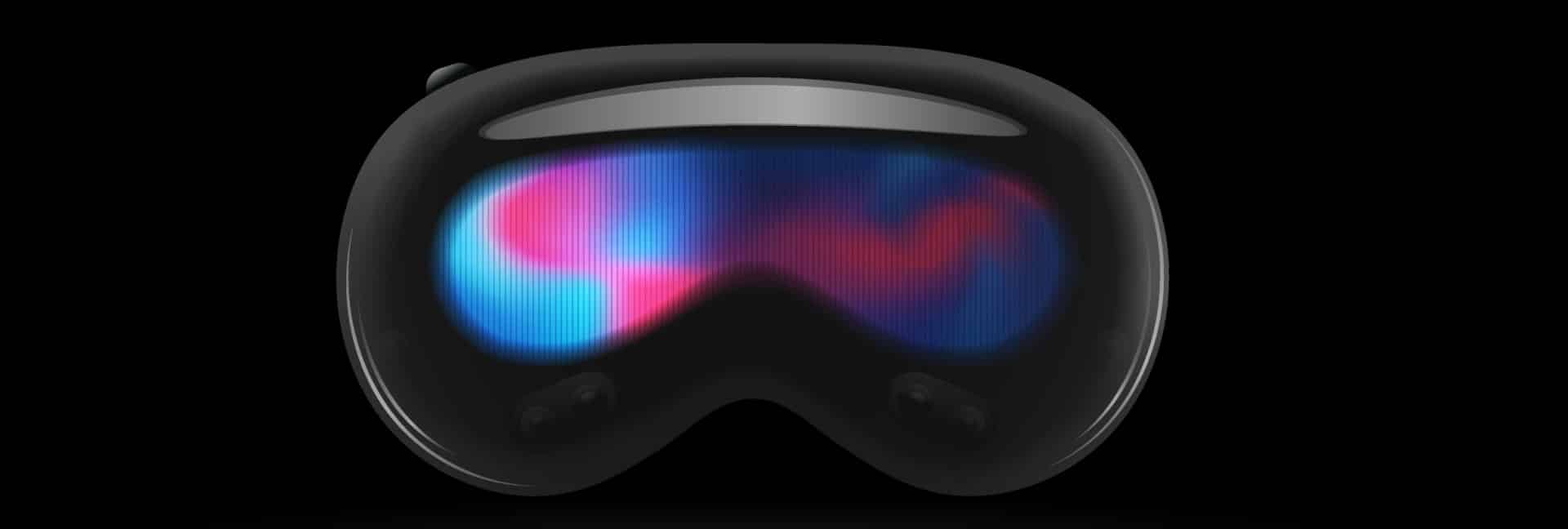The Meta Quest 3 has landed. Before you rush out and buy your headset, you will need to decide which option to buy. The base model comes with 128 GB storage for $480, while the £620 model offers 512 GB.
If you’re on a budget, you may wonder how much of a difference the smaller capacity will make to your overall experience. If you’ve previously owned a Quest before, you may have an idea in your head of the typical file sizes and what your 128 GB will offer in terms of practicality.
It’s not just Quest 3 buyers who need to think about memory. If you’re an existing Quest 2 user who is not planning to upgrade to the new headset, you may also need to start thinking about storage as your games may have just got bigger!
Here’s everything you Quest 2 and 3 users need to know about the available storage options.
Which Quest 3 Storage Option Is Best?
Just because your Quest 3 has 128GB, it doesn’t mean you have that much space to play with.
Before you even install a game or app, 26GB is used up on the operating system. This is the same on both headsets. So, if you’re buying the £480 model, you’ll be left with 102 GB, and 468 GB for the £620 headset.
102 GB is still a decent amount of space if you’re playing small, simple games. Some popular Quest 2 games are quite light in terms of size. For example, Rez Infinite is only 682MB, Among Us VR clocks in at 746MB, and the immensely popular Beat Saber uses just 1.45GB. With this size of game, you could happily add around 100 titles to your collection before you run out of space.
But lots of games take up more weight. Walking Dead: Saints and Sinners Chapter 1 is 6.8 GB, while Chapter 2 nearly doubled this at 12.6 GB. Some are even bigger, with GRID Legends taking up 31 GB and Medal of Honor: Above and Beyond filling up a staggering 43 GB. By the time you start adding games like these, you’ll quickly burn through storage.
Everyone who buys a Meta Quest 3 between now and February will get a copy of Asgard’s Wrath 2 free when it launches in December. When the original version of Asgard Wrath came out on the PC VR, it took up a hefty 121 GB of storage. It remains to be seen how the Quest 3 version will compare.
Upgrades of Existing Quest 2 Titles
New Quest 3 owners will be delighted to know that not only can they enjoy the entire catalogue of Quest 2 titles, but many are being upgraded to add features that make use of the new headset’s mixed reality functionality.
While this sounds great in terms of playability, it does mean the file size will increase in many cases. For some games, this means an increase of a few hundred megabytes, whereas others almost double in size.
Should You Get the Quest 3 512GB?
In a nutshell, games are always going to increase in size. The bigger and better the game, the more space you’ll need to download it. Unless you plan on deleting a game and replacing it with another, 512GB is the best way to futureproof your Quest 3 experience.
Back when the Quest 2 hit the shelves, there were two options; 64 GB and 256 GB. But with 12GB taken up with system files, users with 64GB actually only had 52 GB. This option was eventually replaced with a 128 GB version.
Many of the early Quest 2 adopters who chose the lower storage option will have wished they had bought the larger storage model when they quickly ran out of space.
How Does This Affect Quest 2 Users?
To enhance the experience for Quest 3 users, many of the existing titles in the back catalogue are receiving glow-ups. But optimising these games for a more immersive mixed reality experience means the same title suddenly takes up more space compared to a few months ago.
So, if you’re a Quest 2 owner downloading any of the optimised games, you’ll need to ensure you have room on your headset to store it. But, even though it might be a much bigger file for you unless you’re playing it on a Quest 3, it won’t have any of the improvements.
Developers seem sympathetic to the problem; however, some have noted that there isn’t a reasonable way to provide separate APKs for each headset.
Tommy Maloteaux, CEO of Myron Games, has stated that there is a solution; however, it’s not convenient and could lead to errors. However, back in January, Meta announced that there would be an option added that allowed different builds, although this is yet to emerge. This would be similar to the way the leap from the original Quest and Quest 2 was handled.
The Bottom Line
For the best long-term experience, it’s best to pay the extra £140 and enjoy four times the storage. There will certainly be large, expansive games launched for the Quest 3 at a later date. To take full advantage of your headset, you’ll want to be ready to enjoy these titles without worrying about removing the games you already have.
If you have a Quest 2, until Meta allows multiple builds of the same game, you will need to be mindful of the file sizes of optimised games before you commit.







